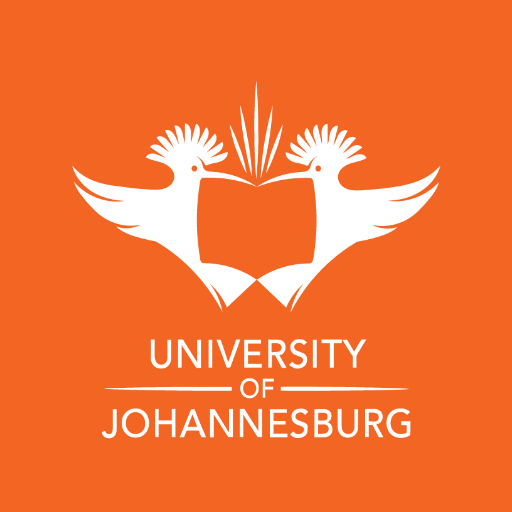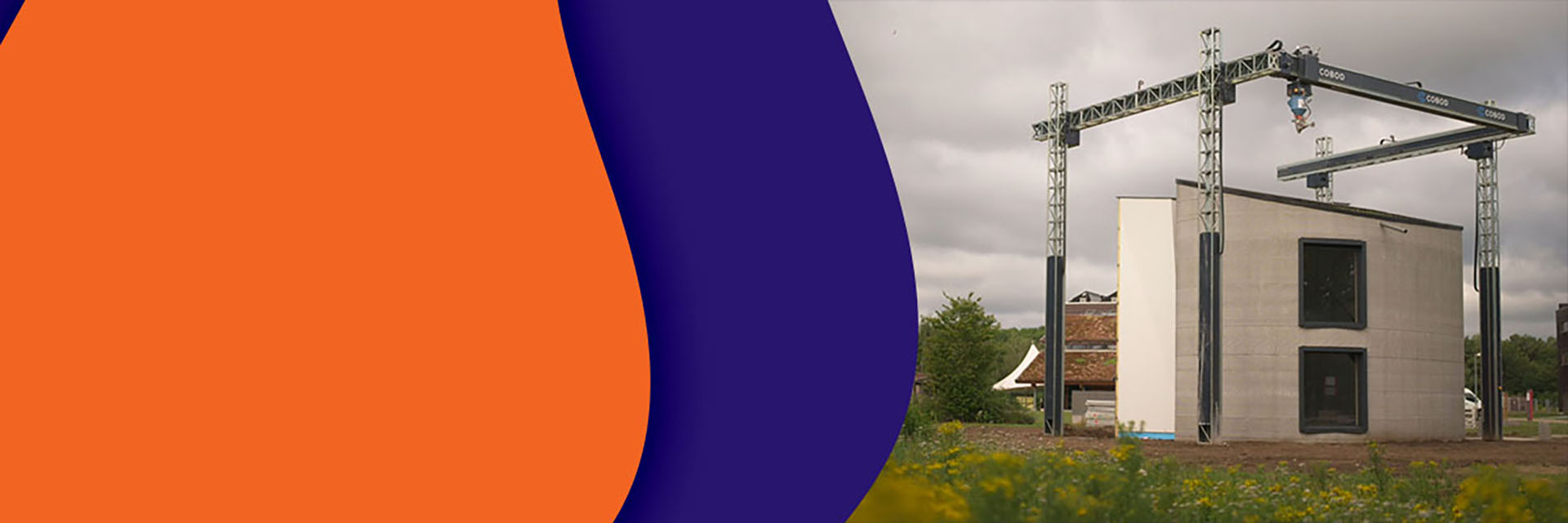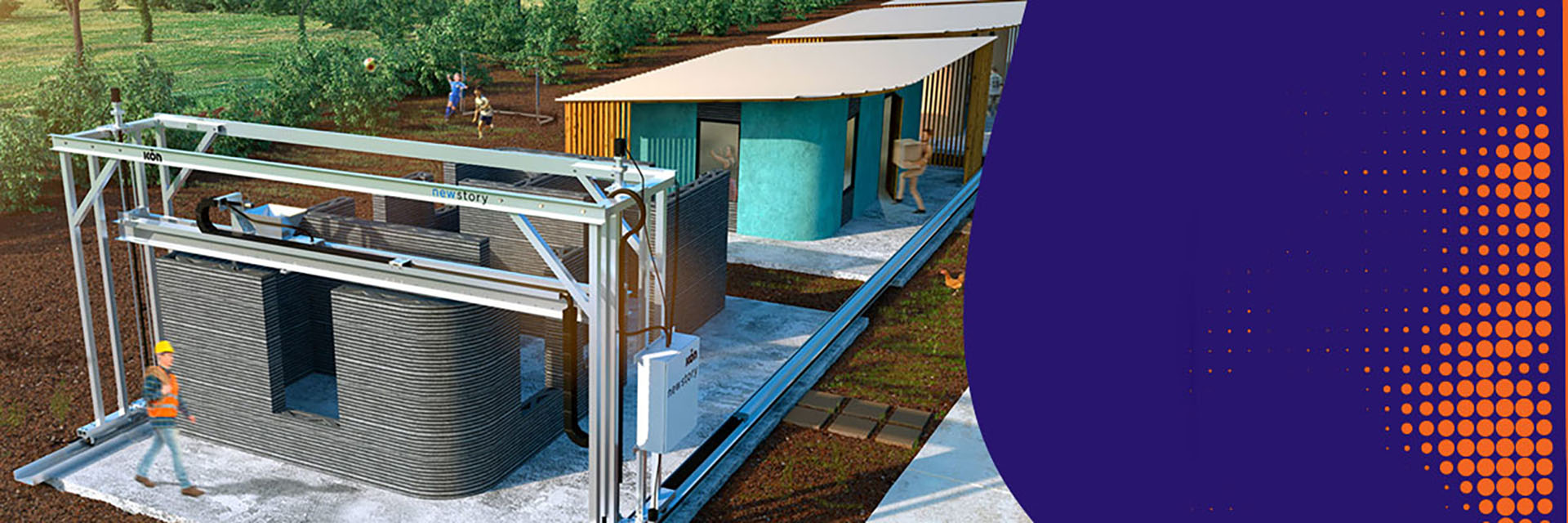3D Concrete Printing
Home » Engineering & Built Environment » Department of Civil Engineering Technology »Research Background
The Department of Science and Innovation (DSI) has embarked on a programme for the piloting and demonstration of 3D printing additive technologies for sustainable human settlements in South Africa. The DSI has identified 3D printing as a transformative technology that has the potential to revolutionise housing delivery in the country.
The use of three-dimensional (3D) printing additive technology is believed to provide a cost-saving and fast method of construction. Hence, the Department of Science and Innovation of the Republic of South Africa through the University of Johannesburg has embarked on a pilot project to purchase the 3D printer for sustainable human settlements development.
Focus Areas
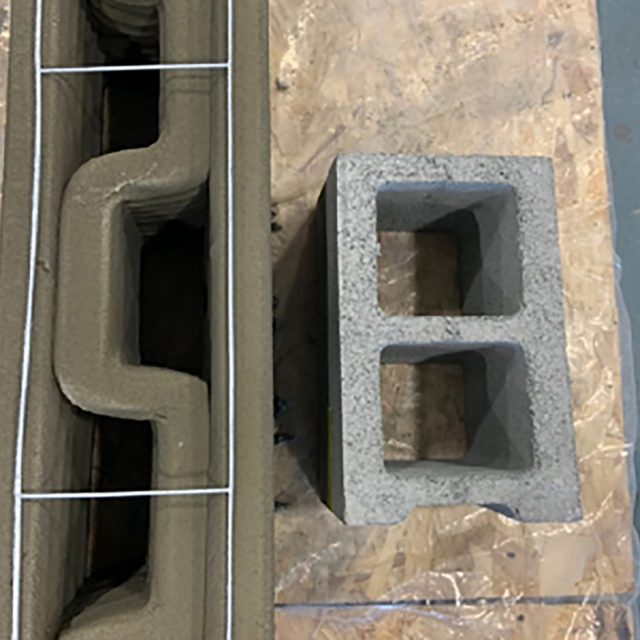
Cost-Benefit Analysis
Given the extensive social housing backlog in the country, the South African government needs to explore delivery options, including 3D printing, to deliver sustainable human settlements effectively and efficiently. 3D printing has some advantages, one of these include the time it takes to erect a house. It has been commended that it is quicker to erect than the conventional brick and mortar house construction method. However, two perceived disadvantages of 3D printing were identified: it reduces local labour employment (in number and time) and reduces contribution to the local economy (local material purchasing and local labour employment). Therefore, it becomes imperative to measure the time and cost benefits to determine whether or not 3D printing do offer time and cost benefits. It is also necessary to determine whether 3D printing employs less local labour and whether it has a lesser contribution to the local economy. This study, therefore, finds the 3D printing additive technologies as an alternative method to deliver a facility quicker, to a better quality of finish, and at a lower construction cost.
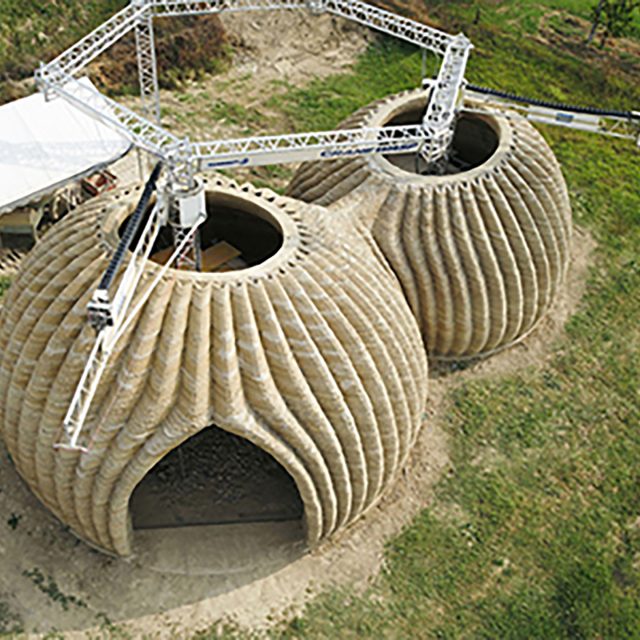
Social Technical Acceptability
Concrete is one of the main materials used in the construction industry globally. The raw materials required are relatively inexpensive and readily available in most countries. Although concrete is one of the best materials to use in construction, it has some disadvantages, which can ultimately have a cost implication. Some of the disadvantages associated with concrete are that it is a quasi-brittle material; and has low tensile strength, toughness and specific strength. Concrete also requires formwork and a long curing time. All these require strict quality controls. The construction industry is investigating methods to negate some of the disadvantages of traditional building material and methods. The World Economic Forum started a multi-year effort to help the construction and engineering industry with this ((WEF), 2016).
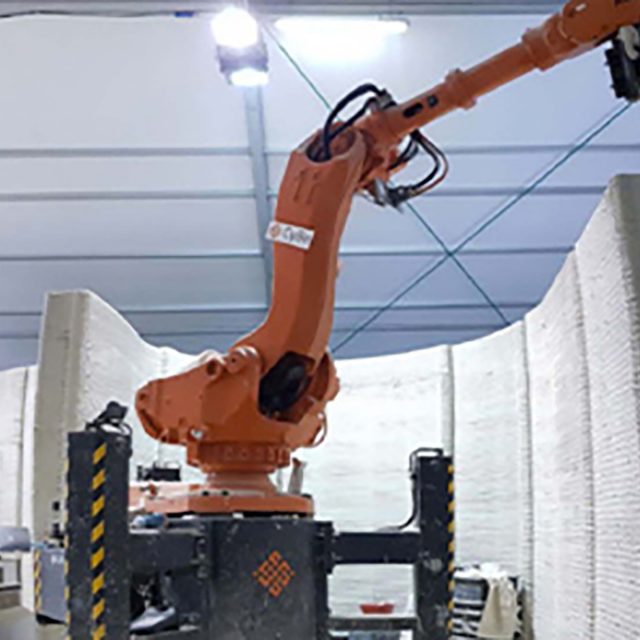
Viability of 3D Printing Technology
For the past two decades, South Africa as a country has witnessed a steady increase in its population; incidental to this growth are challenges and problems beseeching for attention and solution. One of these challenges is the need to provide adequate and affordable housing and accommodation for its teeming population, despite the best efforts of the national, provincial and local level governments, as well as that of private, individuals and institutions, are yet to be fully solved
Some of the reasons associated with the latter are the high cost of construction; and construction materials, which made it nearly impossible for the low and middle-income individuals, who constitute about 80% of the population, to afford their own housing and accommodation needs. Thus, it becomes imperative to evolve the solution to the costliness of building and construction materials and possibly develop viable, cheaper, alternative materials and construction method to meet the goal of the Fourth Industrial Revolution (4IR).
